Korean automotive giant Hyundai is making waves in the competitive Chinese electric vehicle market with the launch of its first China-manufactured electric SUV, the Elexio. This groundbreaking electric vehicle comes equipped with two distinct battery configurations, offering customers flexibility between range and affordability while delivering exceptional performance that challenges established EV competitors.
The Beijing Hyundai-produced Elexio represents a strategic milestone for the Korean automaker as it aggressively expands its electric vehicle footprint in the world’s largest automotive market, where domestic brands like BYD and NIO currently dominate the EV landscape.
Dual Battery Configuration: 64.2 kWh and 88.1 kWh Options
Hyundai has strategically positioned the Elexio with two battery pack options to cater to different customer needs and price points:
Standard Range Battery (64.2 kWh):
The smaller battery configuration delivers an impressive 518 kilometers of range on a single charge according to CLTC (China Light-Duty Vehicle Test Cycle) testing standards. This option provides excellent value for urban commuters and those who don’t require extended range capabilities.
Extended Range Battery (88.1 kWh):
The larger battery pack offers a remarkable 722 kilometers of driving range per charge based on CLTC certification. This positions the Elexio among the longest-range electric SUVs available in the Chinese market, directly competing with premium offerings from Tesla and domestic manufacturers.
Important Note: While CLTC testing provides standardized range figures, real-world driving conditions typically yield lower ranges due to factors like weather, driving style, terrain, and accessory usage. Consumers should expect actual ranges to be 10-20% lower than CLTC-certified numbers.
Pre-Sales Launch and Market Strategy
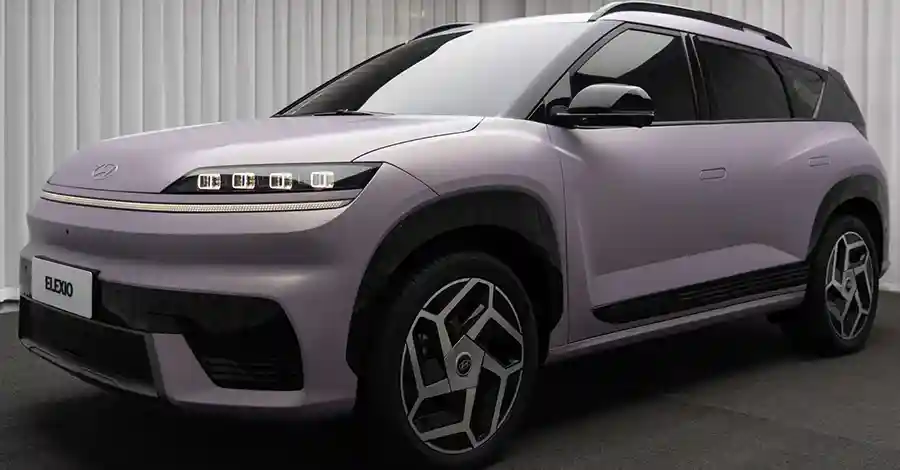
Beijing Hyundai Elexio electric SUV pre-sales launch announcement in Chinese automotive market
Hyundai is gearing up for an aggressive market entry with pre-sales of the Elexio scheduled to begin this Thursday in China. This pre-sales strategy allows the company to gauge market interest, build anticipation, and collect valuable customer feedback before full-scale production ramps up.
The timing of this launch aligns with China’s continued push toward electric mobility and increasingly strict emissions regulations that favor zero-emission vehicles. For updates on government automotive policies and regulations, industry observers are monitoring how international brands adapt to Chinese market dynamics.
Electric Global Modular Platform Architecture
The Elexio is built on Hyundai’s dedicated Electric Global Modular Platform (E-GMP), a state-of-the-art architecture specifically designed for electric vehicles. This platform offers several key advantages:
- Optimized battery packaging for maximum range efficiency
- Lower center of gravity for improved handling dynamics
- Enhanced safety structure with battery protection systems
- Flexible wheelbase configurations for various vehicle sizes
- Future-proof design supporting autonomous driving technologies
Advanced Processing Power:
The Elexio integrates Qualcomm’s Snapdragon SA8295P chipset, one of the most powerful automotive processors available. This cutting-edge chip enables:
- High-resolution infotainment processing
- Advanced driver assistance features
- Over-the-air software updates
- AI-powered voice recognition
- Seamless smartphone connectivity
Comprehensive Dimensions and Design Specifications
Hyundai Elexio electric SUV exterior dimensions and design features
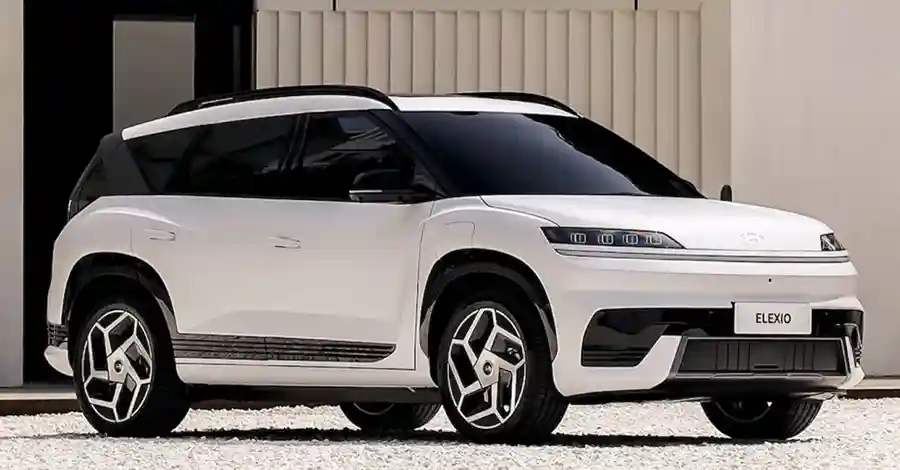
Hyundai Elexio fast charging capability showing 27-minute charge time
The Elexio boasts spacious dimensions that position it firmly in the mid-size SUV segment:
- Length: 4,615 mm (181.7 inches)
- Width: 1,875 mm (73.8 inches)
- Height: 1,673 mm (65.9 inches)
- Wheelbase: 2,750 mm (108.3 inches)
This generous wheelbase translates to exceptional interior space, particularly for rear-seat passengers, making the Elexio ideal for families and those prioritizing passenger comfort. The proportions also contribute to the vehicle’s stability at highway speeds.
Dual Motor Configuration: FWD and AWD Powertrains
Hyundai offers the Elexio in both front-wheel drive and all-wheel drive configurations, providing customers choice based on performance needs and budget:
Front-Wheel Drive (FWD):
- Front motor output: 160 kW (214 horsepower)
- Ideal for efficiency-focused buyers
- Lower purchase price point
- Reduced energy consumption
All-Wheel Drive (AWD):
- Front motor: 160 kW (214 horsepower)
- Rear motor: 73 kW (98 horsepower)
- Combined system output: 233 kW (312 horsepower)
- Enhanced traction for challenging weather conditions
- Improved acceleration performance
- Superior handling dynamics
The AWD configuration delivers sporty performance while maintaining the practical benefits of an SUV, appealing to enthusiasts who want excitement without sacrificing utility.
Ultra-Fast Charging Technology
One of the Elexio’s standout features is its exceptional fast-charging capability. The electric SUV can charge from 30% to 80% battery capacity in just 27 minutes when connected to high-power DC fast charging stations.
This rapid charging speed addresses one of the primary concerns potential EV buyers have—range anxiety and charging convenience. With this capability, drivers can add significant range during short rest stops on long journeys.
Charging Infrastructure Compatibility:
- Supports China’s GB/T fast charging standard
- Compatible with emerging 800V charging architecture
- Accepts AC charging for overnight home charging
- Public charging network integration
Futuristic Interior with 27-Inch Display
The Elexio’s cabin showcases Hyundai’s vision for the future of automotive interiors with a massive 27-inch panoramic display that dominates the dashboard. This expansive screen consolidates:
- Navigation and mapping functions
- Vehicle settings and configurations
- Entertainment and streaming services
- Climate control interfaces
- Driving mode selections
Minimalist Design Philosophy:
Following the industry trend toward simplified interiors, Hyundai has eliminated most physical buttons, creating a clean, modern aesthetic. The dashboard features:
- Head-up display projecting critical information onto windshield
- Touch-sensitive controls for essential functions
- Voice-activated command system
- Gesture recognition capabilities
Intelligent Storage Solutions
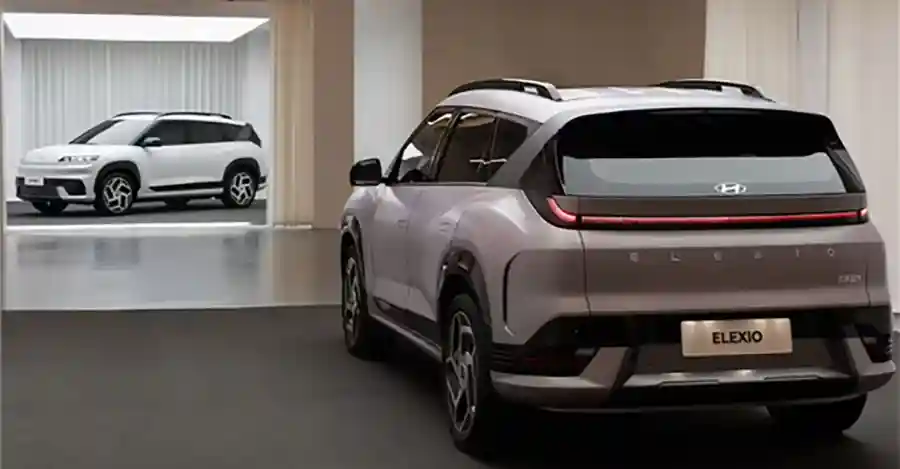
Hyundai Elexio interior storage compartments and organizational features
Practicality meets innovation with 29 thoughtfully designed storage locations throughout the Elexio’s cabin. These storage solutions include:
- Door panel organizers
- Center console compartments
- Under-seat storage
- Wireless charging pads
- Cup holders with temperature control
- Rear seat storage pockets
This extensive storage network ensures that passengers can keep personal items organized and easily accessible during journeys of any length.
Market Positioning and Competition
The Hyundai Elexio enters an intensely competitive Chinese EV market where it will face strong competition from:
- Domestic Leaders: BYD Tang EV, NIO ES6, Li Auto L7
- International Rivals: Tesla Model Y, Volkswagen ID.6
- Emerging Players: Xpeng G9, Zeekr 001
Hyundai’s success will depend on competitive pricing, strong dealer network support, and leveraging its reputation for reliability and build quality.
Conclusion: Strategic EV Push in China
The Hyundai Elexio represents a critical component of the Korean automaker’s electrification strategy in China. With impressive range figures, advanced technology, flexible powertrain options, and practical design, the Elexio is well-positioned to capture market share in the rapidly growing electric SUV segment.
As pre-sales launch this week, industry watchers will closely monitor consumer response to determine whether Hyundai can successfully challenge both established international competitors and increasingly sophisticated domestic Chinese brands. The combination of 722 km range, 27-minute fast charging, and comprehensive features suggests Hyundai is serious about becoming a major player in China’s electric future.

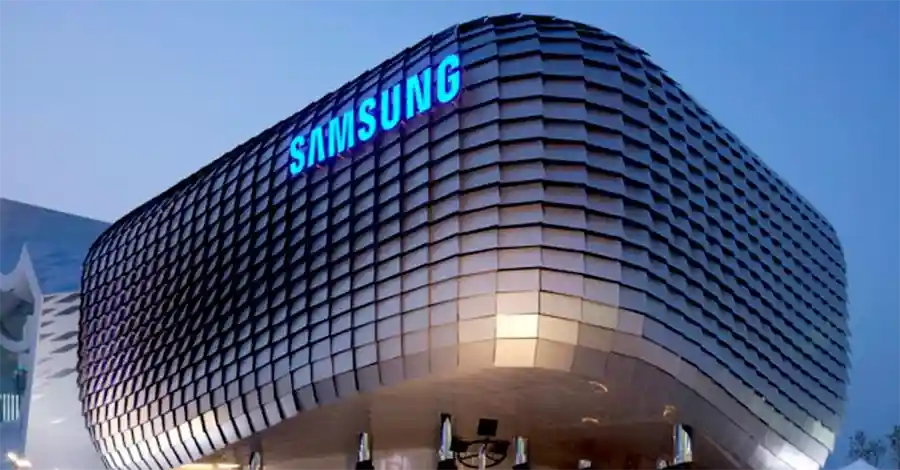

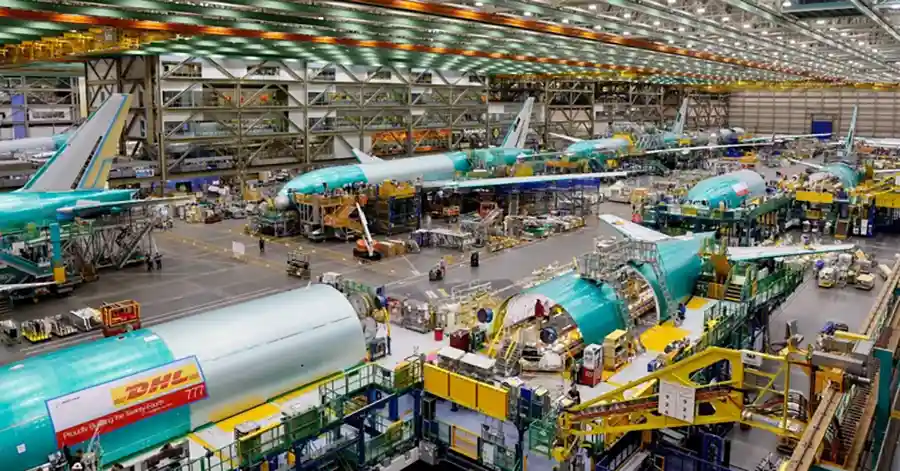










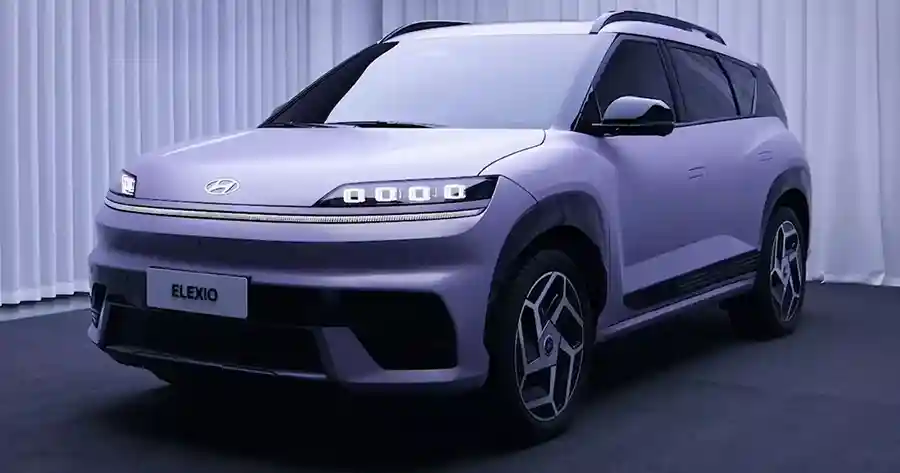
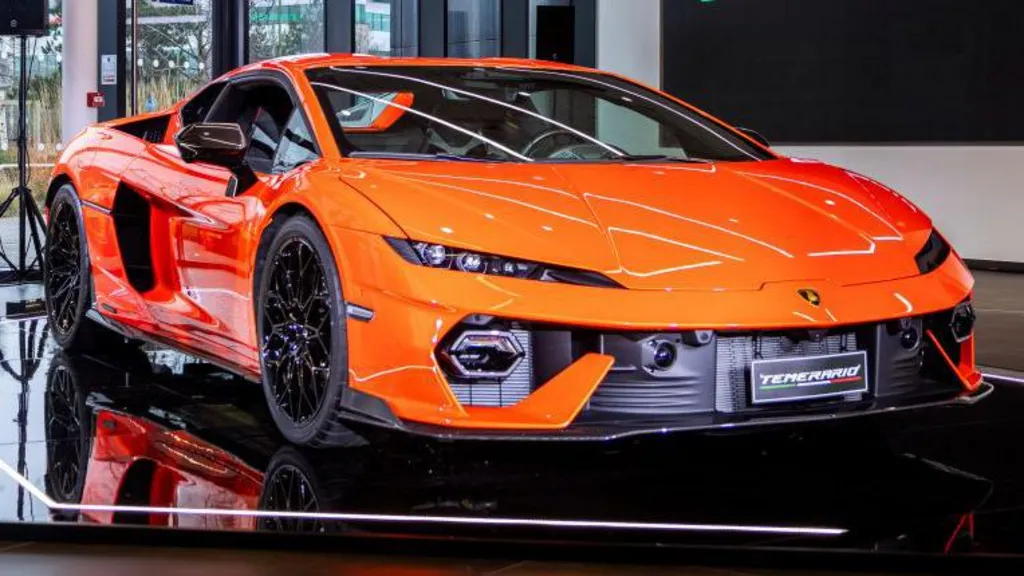
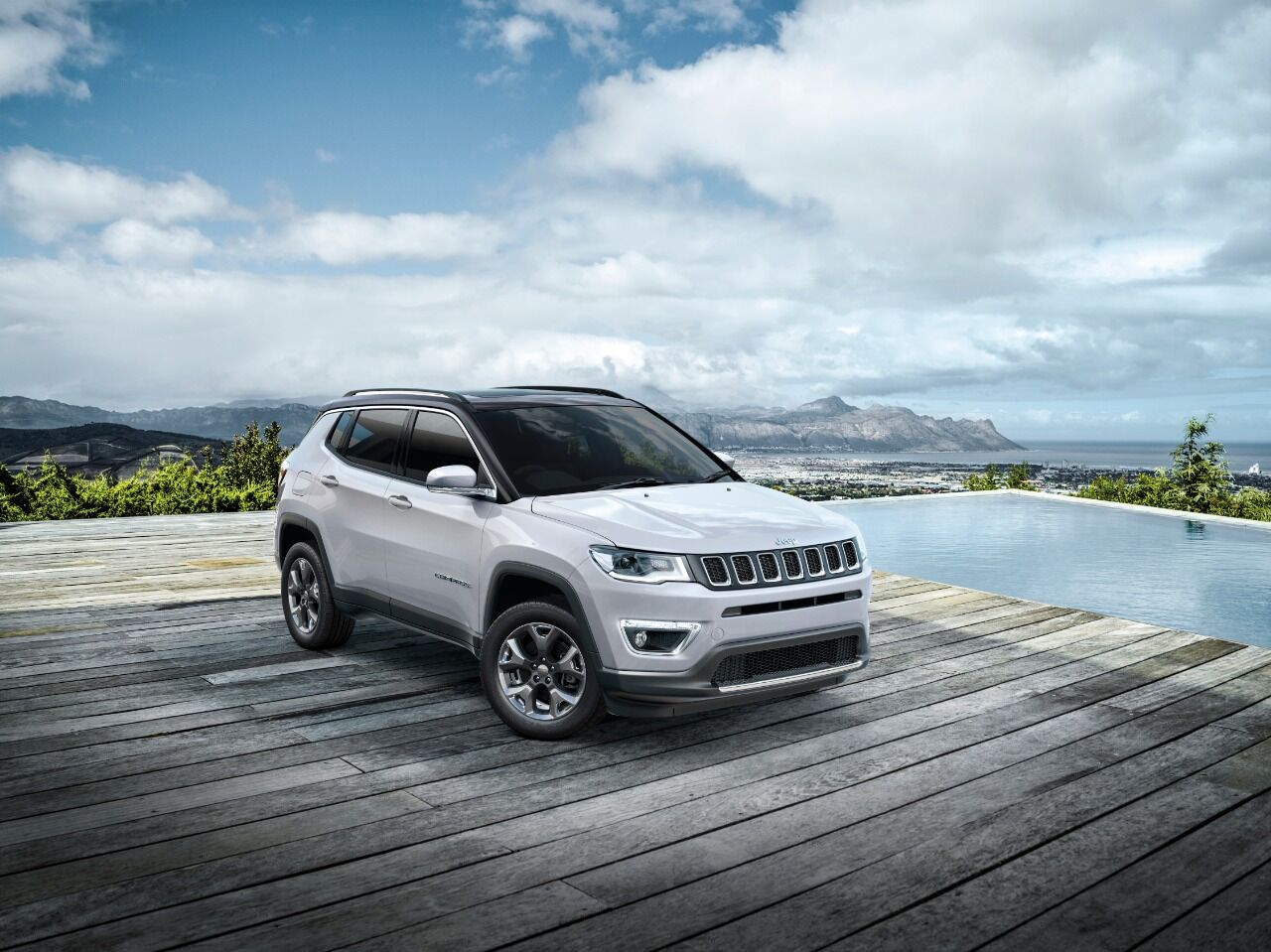
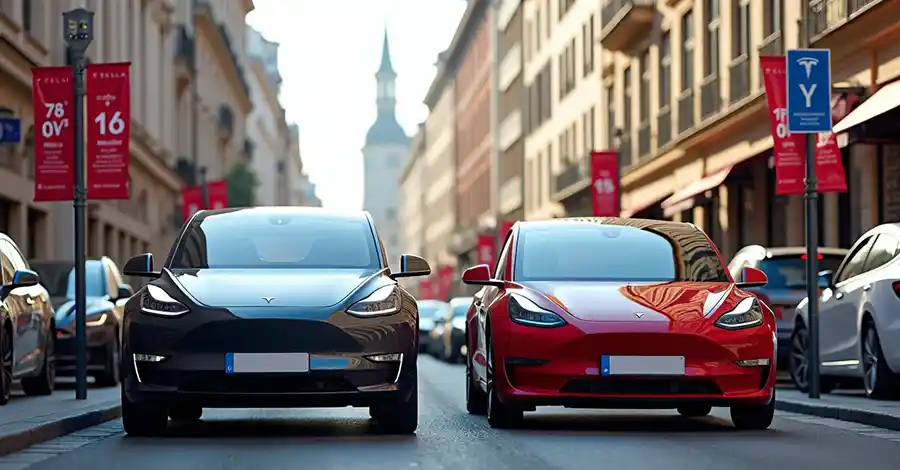

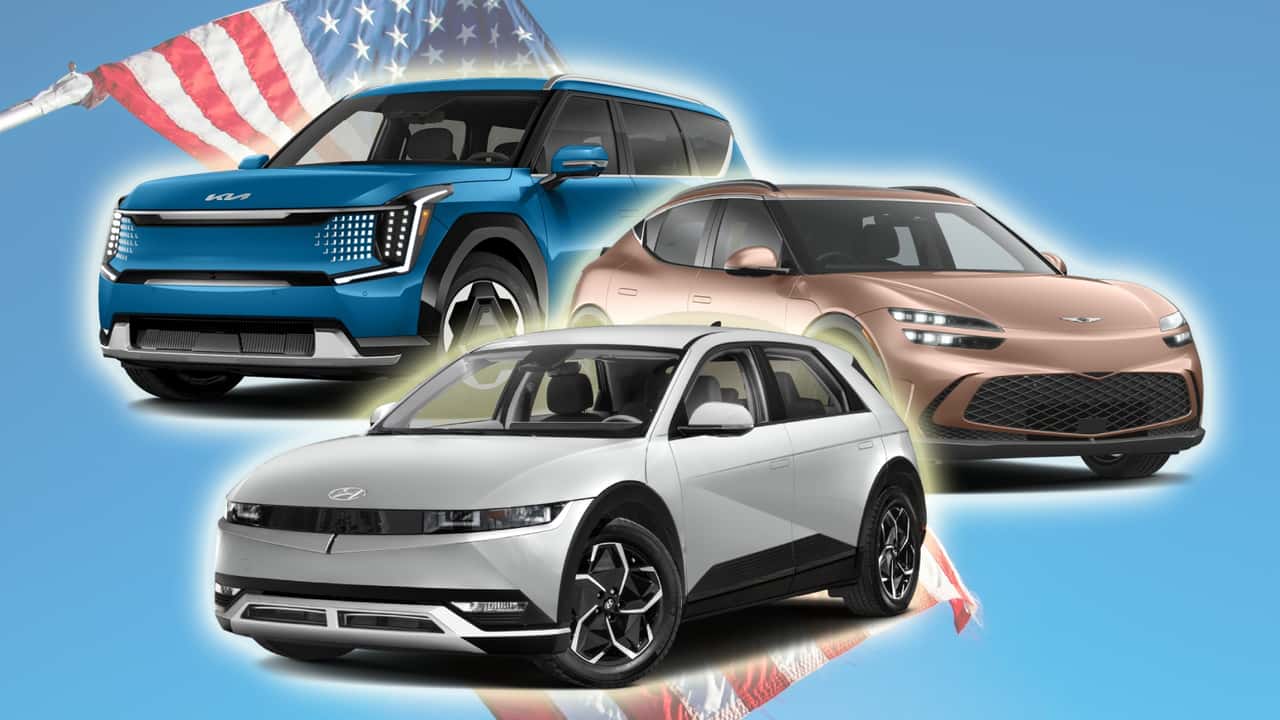
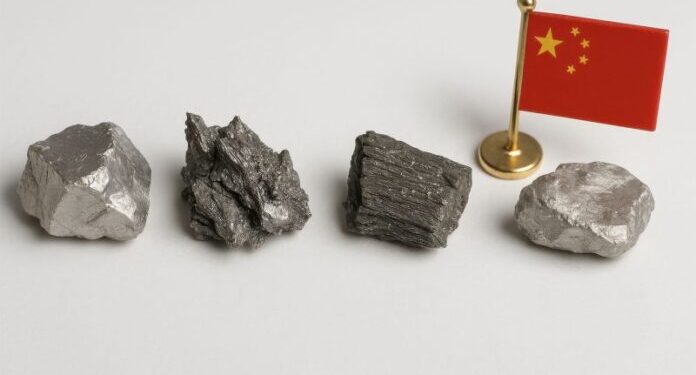
Comments